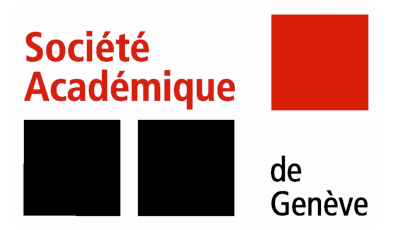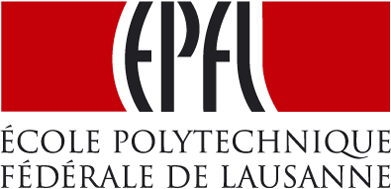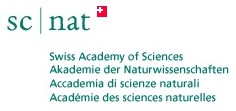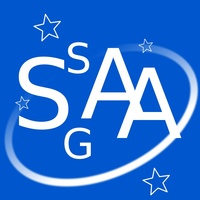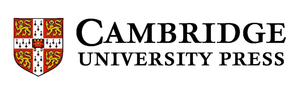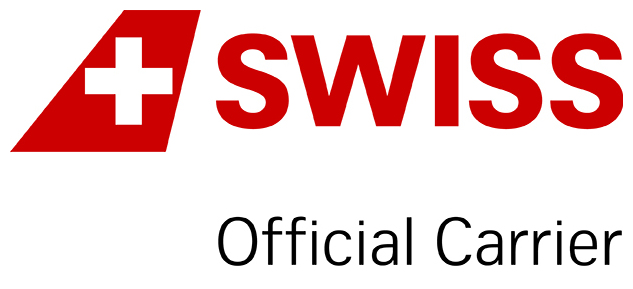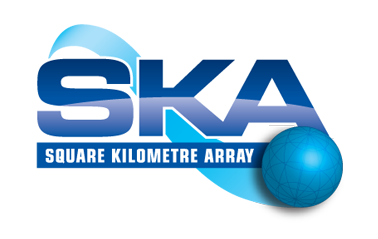|
EWASS 2014 : European Week of Astronomy and Space Science 30 June – 4 July 2014, Geneva, Switzerland |
|||||||||||||||||||||||||
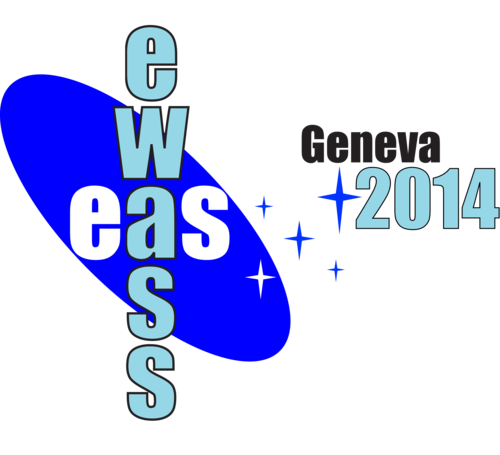
|
Special Session Sp4
4 July 2014
Cluster lensing and distant sources
Since the discovery of the first giant arcs and the weak shear signals, gravitational lensing has produced
important progress in cosmology and the physics of galaxies. This effect allows us
to measure the dark matter content of lensing systems acting as lenses free of assumptions
regarding their dynamical state, and has also consistently provided record breaking high redshift galaxies.
Massive galaxy clusters, in particular, are ideal `natural telescopes', as they
generate high magnification factors over a large field-of view.
The importance of lensing clusters appears clearly in recent ambitious programs
implemented with the Hubble Space Telescope (in particular the CLASH multi-cycle Treasury project), and with the recent selection of the ~800 orbit "Hubble Frontier Fields'' Director's initiative: where 4 (and up to 6) massive clusters will be observed at UDF depth with Hubble.
We expect to build from these new observations unrivalled datasets of highly-magnified
objects, leading to many follow-up observations (multi-wavelength studies, IFU
and high resolution spectroscopy). The future is even more promising for lensing clusters, as we expect to discover thousands of them with the EUCLID mission, and the high resolution from the future James Webb Space Telescope (JWST) will give us unique deep and multi-colour data.
Programme
>> See the full programme of Sp4 Talks
/ Posters
Scientific organizers Contact Updated on Tue Jan 14 21:04:07 CET 2014
|
||||||||||||||||||||||||
| EWASS 2014 : European Week of Astronomy and Space Science | |||||||||||||||||||||||||
 A power cut will shut down all EAS services on Tuesday, 10 January 2017 starting at 7:30 CET.
A power cut will shut down all EAS services on Tuesday, 10 January 2017 starting at 7:30 CET.



